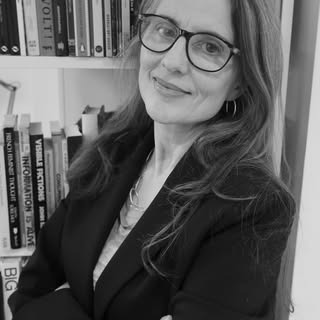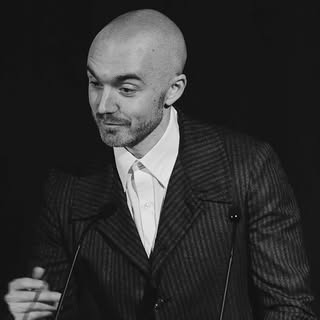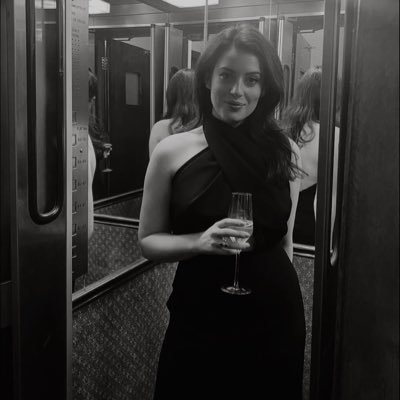
London Digital Art Guide
.jpg)
London Digital Art Guide
Le Random presents a curated guide to London's digital art and culture, featuring an Art Walk Map and highlighting must-see galleries, neighborhoods and artists that shape the city’s versatile scene.
Outline:
1. Crossing London by Hannah Redler-Hawes & Alex Estorick
2. Planning your trip by Corinna Gardner, Melanie Lenz & Clara Che Wei Peh
3. Art Destinations by Robert Alice
4. Local Artists by Abigail Miller
5. Art Itineraries by Peter Bauman
6. Resources
1. Crossing London
By Hannah Redler-Hawes & Alex Estorick
If Charing Cross marks London’s true centre, then Piccadilly Circus remains the city’s unavoidable node. Bathed in the ersatz glow of electric billboards for more than a hundred years, the arrival of Outernet round the corner as Europe’s largest digital exhibition space has helped to mainstream many of the artists once confined to the internet. This immersive screen-based experience sits within a long history of British digital art, from computer-generated drawings to software art and responsive architectural environments.
A number of seminal exhibitions in the city have introduced the public to the creative potential of computing and networked systems, from Cybernetic Serendipity (1968) at the ICA to Big Bang Data (2015) at Somerset House and Electric Dreams (2024) at Tate Modern. It was the former’s iconic curator, Jasia Reichardt, who turned computer art into a global conversation by bringing together 130 artists, engineers, poets, musicians and mathematicians in a space of playful intersection.
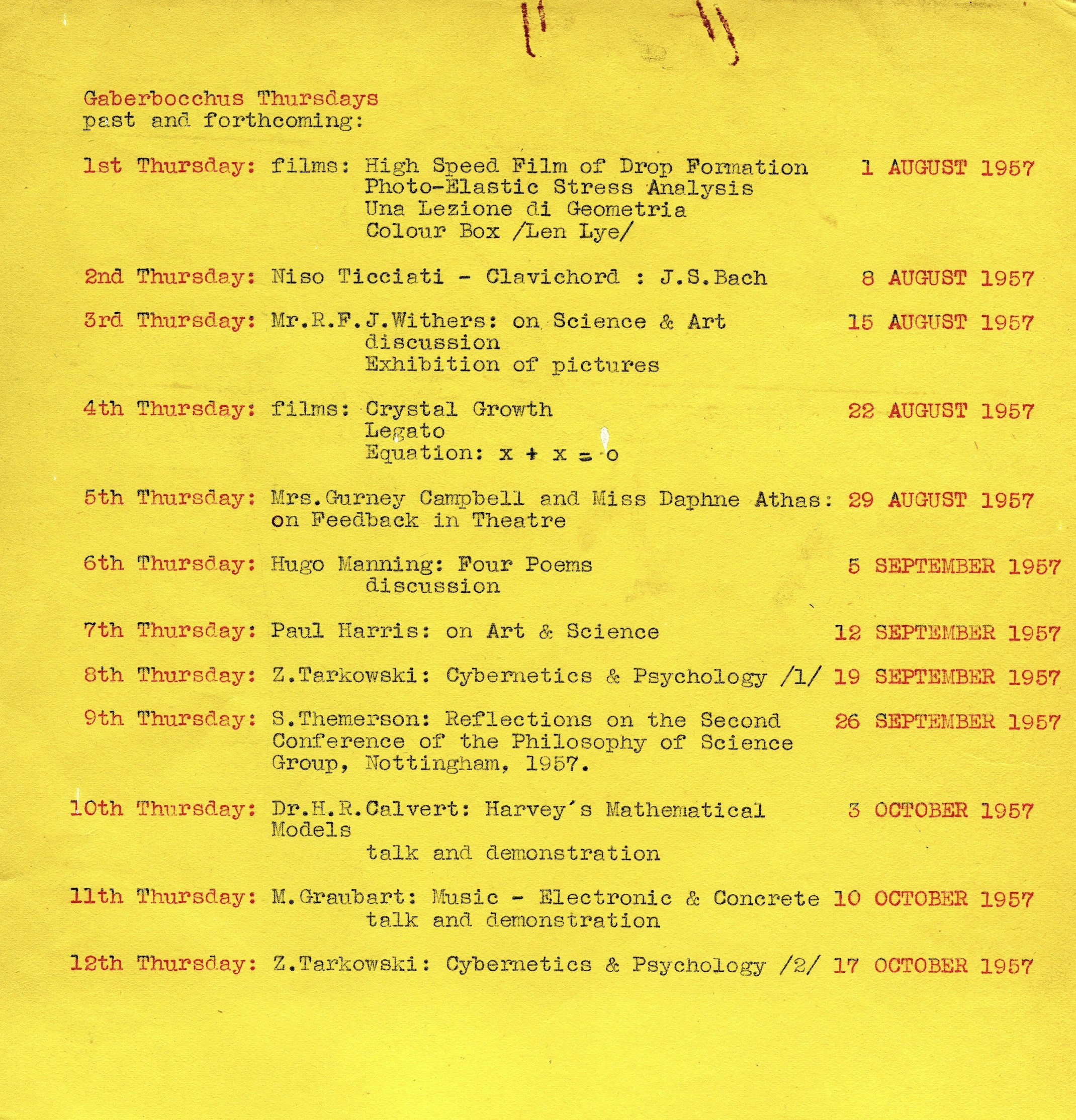
As Reichardt makes clear in her Le Random discussion of Gaberbocchus Common Room, London’s first club for artists and scientists was already engaged in 1957 in discussions about an “ultraintelligent machine” on which the “survival of man depends.” This conversation has continued thanks to an ever-changing mix of experimental university departments, artist-run spaces, and interdisciplinary art and design programs.
The Computer Arts Society (CAS), also founded in 1968, continues to promote an understanding of the role of digital and electronic media in the arts. Meanwhile, Backspace, founded by James Stevens in the 1990s, served as a non-commercial meeting and making space for early British net artists and curators. The UK’s first digital media lab, the Arts Technology Centre, or Artec (1990-2001), was significant for its support of young unemployed creators. The group explored the democratizing potential of new tools under the guidance of artists Derek Richards, Gary Stewart and Graham Harwood, whose Uncomfortable Proximity (2000) became one of the Tate’s first net art commissions.
It is often forgotten that the Science Museum Art Projects, which ran until 2014, made the first acquisitions of software installation art for the national collections, including Ben Rubin and Mark Hansen’s ode to the text-based internet, Listening Post (2005). Cybersalon has existed in many guises: from the first London internet cafe to its current iteration as a think tank on network culture.
Pioneering artists such as Paul Brown studied at the Computer and Experimental Department at the Slade in the 1970s, while Anthony Dunne and Fiona Raby led the Design Interactions MA at the Royal College of Art from 2005 to 2015. The program established critical design as a way of examining the social implications of emerging technologies, igniting the careers of contemporary artists such as Sputniko!, Troika and Alexandra Daisy Ginsberg. Across the city, Goldsmiths has similarly established itself as an engine of thought leadership in media theory and creative technology. Some of these projects have come and gone; some were born and remain online, while others have moved online or out of London.
Such endeavors have fostered a British digital arts scene largely outside of the mainstream art world.
Right now, the landscape is evolving: 180 The Strand regularly programs leading digital artists, from Ryoji Ikeda to Universal Everything and UVA, while Somerset House Studios just down the road is piloting n-Space as a workspace for interdisciplinary experimentation across art and technology. Dorkbot London is the place to meet up with “people doing strange things with electricity,” but if you want to be part of algorithmic dance culture, why not find yourself an Algorave?
Although the London art world still fetishises analog media, spaces and programs such as arebyte, Serpentine, and Data as Culture have helped to frame critical discussions around art and technology long before and after the NFT bubble. Many alumni of the GAZELL.iO residency at Gazelli Art House are now household names, while Right Click Save has been documenting developments from its London base in order to set digital art in context and make media scholarship accessible to the layperson.
In an expanding art world where digital practices are finally getting their due, the Victoria and Albert Museum has become a vital forum for ongoing discussions around digital art. Its Digital Design Weekend showcases emerging and established practices across art, design, and performance for families and adult audiences. Thanks to the work of Douglas Dodds, who started the museum’s digital art collection, visitors to the V&A can get up close to works by pioneers including Harold Cohen and Vera Molnar, many in the form of large-scale prints and plots that stress the lingering importance of physical display to digital creativity.
By booking in advance via the Order an Object scheme, visitors can hold up to five works in soft-gloved hands. It is this kind of hands-on, intimate experience with art history that makes engaging with digital culture across London truly unique.
2. Planning Your Trip
When to go for art
By Corinna Gardner & Melanie Lenz
We’d recommend visiting London in September and October to coincide with Frieze, the London Design Festival and the V&A’s Digital Design Weekend. The V&A’s Digital Art Season also takes place in September but it’s by biannual so the next one will be in 2026.
The quieter art months in the winter offer a more subdued atmosphere to explore, while the summer is probably the worst of both worlds: crowded city and limited art openings.
While you’re out and about, we’ve also put together our favourite places when thirst and hunger strike amidst admiring all the art.
Curator’s Food Tour
The V&A Digital Curators share their art-world-inspired recommendations, which are mentioned below and found in the Art Itineraries.
• Toklas: set up by Matthew Slotover, formerly of Frieze
• Yuki Bar: a small Hackney wine bar and eatery. Trendy
• Miga: in vogue Korean, east London
• Rochelle Canteen: always popular with the art world community
Neighborhoods for art
By Clara Che Wei Peh
London is a big city with so much to offer. Its different neighbourhoods can be very distinct experiences. With that, they present glimpses into different corners of an expansive art landscape. Here, I offer some thoughts on my personal favourite corners of London. These are places and routes that I take my visiting friends on and hopefully offer a look beyond the obvious must-visits.
Bethnal Green
East London is packed with young and cool galleries, sprawling from Bethnal Green towards Shoreditch and more. I would start with a hearty meal at E. Pellici, established in 1900 and famed for being one of the oldest family-run cafes, and treat myself to a full English. They only take cash here so come prepared.
Once full, start with galleries such as Mother’s Tankstation and Project Native Informant, or the experimental exhibitions typically on at Cell Project Space or Auto Italia. Young V&A is also in the area; it’s especially good if you have a little one with you, but it’s enjoyable for all ages and you can play a small selection of video games in the V&A collection here. If you need a change of scenery, you are close to the Regent’s Canal, which can take you all the way up to Angel, King’s Cross, Camden and more. You could also do this in reverse and begin with food at Miga from the Curator’s Food Tour (above), if you’re feeling like Korean.
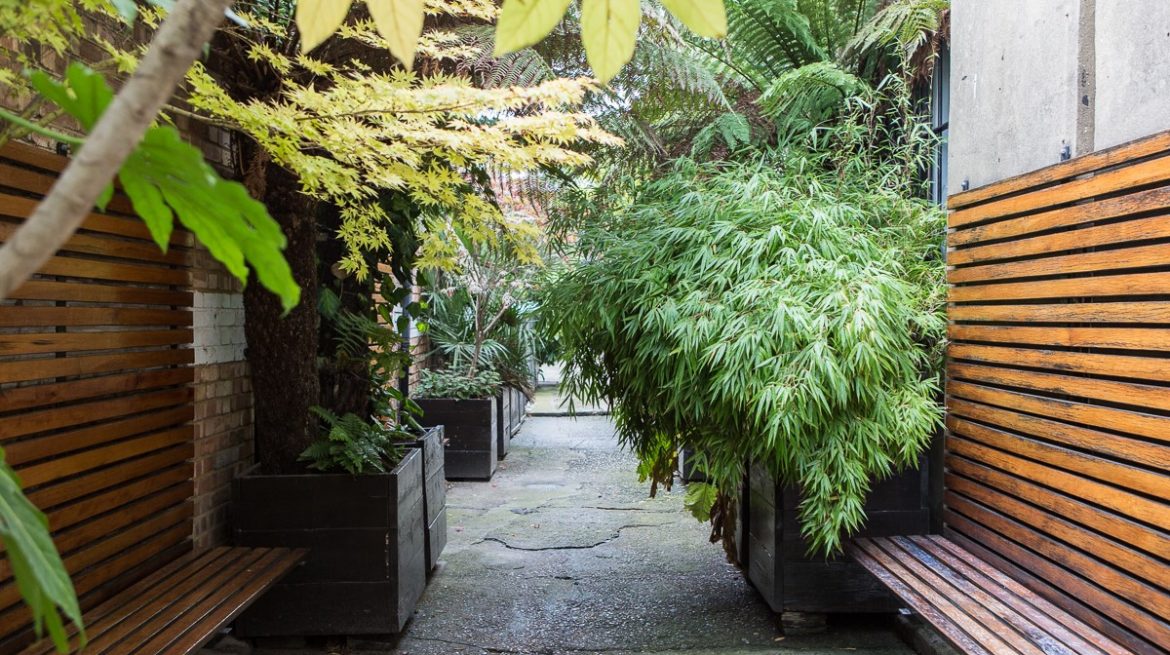
Shoreditch to Spitalfields
From Bethnal Green, continue towards Shoreditch with its own set of galleries, like Emalin, Maureen Paley, Kate MacGarry and more. Public Gallery’s current exhibition, MINE, YOURS, OURS features Danielle Brathwaite-Shirley, Adam Farah-Saad and Xin Liu; it is well worth checking out. There is no shortage of good food in the area, but my personal comforts are Noodle & Beer and YEYE’s Noodle & Dumpling for a warm, hearty meal. Rochelle Canteen from the Curator’s Food Tour is also nearby.
Somerset House to Southbank
An area I find myself in time and time again lies between Somerset House on The Strand and the Southbank with its generous offerings. Somerset House will continue to host the 1-54 Contemporary African Art Fair this October, a boutique and focused fair offering works by artists from Africa and its diasporas. It is also home to the historic Courtauld Gallery, with an incredible collection of modern and impressionist paintings. Just around the corner on the Strand, you will also find 180 Strand and Reference Point, a space that functions as a library, bookstore and bar, frequently hosting exciting events on art, design and more. Harngry (art + hungry)? Stop by Toklas from the Curator’s Food Tour.
Across Waterloo Bridge, you will find some of my favourite public spaces in the city: the National Theatre, the Southbank Centre and the British Film Institute (BFI). The BFI is home to the London Film Festival, which takes place from 8 to 15 October in 2025 and will probably be the best place to be if you are a film lover. Its mediatheque is incredible, where you can view over 180,000 titles from its national archives for free and in the comfort of a private viewing booth. I once spent a very cosy afternoon here watching old documentaries on the Arsenal Football Club and its former home in Highbury. But you can also explore its collection of early animation, for example, if you are thinking about the history of digital art on screens.
Off the Beaten Path: Vauxhall
While visitors often find their itinerary concentrating on the north of the Thames, there is also plenty of art to be seen and explored across the river. I would be very happy to travel—and frequently do—to Vauxhall to visit the exhibitions and programmes at Gasworks. Gasworks is an incredible nonprofit organization that offers residency and studio programmes as well as an exciting roster of exhibitions and events. I feel like I always learn something new when I go, be it for an exhibition or its quarterly Open Studios. If you are visiting in October 2025, Gasworks will be presenting the first UK solo of French artist Marie-Claire Messouma Manlabien, which follows a residency undertaken by the artist earlier this year. While you are in the neighbourhood, you can also visit The Sunday Painter, with a solo show of Tomas Harker’s paintings until the end of October, 2025.
If you’re feeling hungry, you are well close to Little Portugal, an area between Vauxhall and Stockwell, known for its delicious density of family-run bakeries and restaurants.
Where to Avoid: Soho on the weekends
Don’t get me wrong, Soho is great and has so much going on. But now living in the city, I try to avoid Soho on the weekends for no other reason than that it becomes too busy for my liking. There’s plenty to see and do and eat in the area; you’re close to big galleries like Sadie Coles HQ and a walk away from The Photographers Gallery, which has a focused programme on image-based practice and research on digital technologies, but I would much rather do all this on a quieter weekday if I had the choice.
3. Art Destinations
By Robert Alice
Permanent displays of digital art are rarer than sunny days in London. Of the 1279 works hanging on the walls of all the UK’s Tate Galleries, there are only 13 digital works on permanent view. Grails indeed.
Fear not, though. Allow me to present you a tasting menu to suit even the most dogged of digiophiles. Think of London as a memetic treasure hunt, filled with side quests and pilgrimages. What you will unearth in pursuit is a deeper sense of the hidden depths of London’s digital art scene.
Musts
V&A
All roads lead to the V&A. Collecting digital art since the 1960s, the V&A houses one of the largest collections of digital art in the world, anchored in part by the collection of the legendary Patric Prince. It includes works by pioneers such as Manfred Mohr and Vera Molnár, as well as later practitioners like Casey Reas and Rafael Lozano-Hemmer. It’s a shame it’s not all on view.
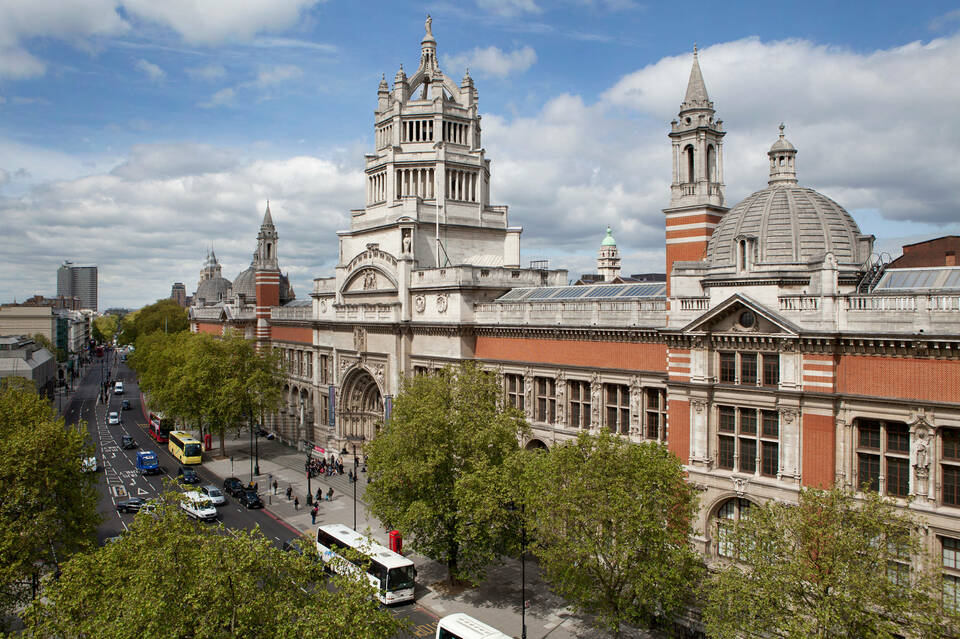
Book ahead by emailing the Prints and Drawing Room, and you can effectively curate your own exhibition at the V&A, just for you. Order takeout from one of the world’s greatest digital art collections. Knowlton, Em, Reas, Mohr, Molnár, Laposky are all available for your private study. How’s that for a tasting menu?
On your way, make sure to walk past the stained glass room and the Constable cloud sketches in oil on paper. Maybe you can even think of them as early generative systems, tessellated and iterative—my favourites.
Lunch: Ognisko. A Polish paradise.
Serpentine
With recent shows by Refik Anadol and Holly Herndon and Mat Dryhurst, the Serpentine is always worth checking out. While they do not have a permanent collection, art’s relationship with technology is a core concern for Hans Ulrich Obrist, its artistic director and one of the few heavyweights to lean into the blockchain-art movement. Their Art Technologies programme, Future Art Ecosystems, and AI and Blockchain Labs position the Serpentine as one of the few institutions committed to not just the historical end of digital art, but its cutting edge too.
Lunch: Halepi. Three generations of my family have been going together for sixty years.
180 Strand
More of a cultural hub, less of an institution, 180 Strand has played host to several groundbreaking digital art exhibitions, from Infinite Mix (2016) to major shows by the likes of Jon Rafman and Ryoji Ikeda. Expect blackoutrooms, large projections and Instagram-friendly content alongside academic rigour. Pop into the recently refurbed Somerset House to wipe your eyes of pixels with some Van Gogh.
Lunch: Enjoy the Delaunay, Toklas, or any of the great restaurants nearby.
Tate Modern & Tate Britain
I’d be remiss not to mention the Tate. But it’s the elephant in the room. With only 1% of the works on permanent show being new media, I am disappointed. Yes, Electric Dreams (2024) was a groundbreaking, if a little dry, show. Yes, their Nam June Paik (2019) and Ed Atkins (2025) shows were even better. Of course, check their programme. But if digital art treasures are your thing, give it a protest vote. Should do better.
Lunch: (Modern) Kolae, Barrafina, Padella
Make Time
Gazelli Art House
Headed by the great Mila Askarova, Gazelli Art House is really the only major Mayfair gallery where you can almost guarantee seeing digital art. They have shown a long-standing commitment to digital art across both AI and blockchain, while also representing the Estate of Harold Cohen. Plus, the Wolseley is just next door.
Nguyen Wahed
One of our very own, Mimi Nguyen, has set up her second location around the world in London, care of Islington. Nguyen needs no introduction. Her programming will be razor-sharp and her Islington space, I am sure, will function as an important hub for the growing digital art community in London.
Furtherfield
Now the treasure hunt really begins. Only the true cognoscenti will know of Furtherfield, the iconic digital art hub that published the first major text on blockchain art: Artists Re:Thinking the Blockchain. Legends Ruth Catlow and Marc Garrett have spearheaded the programme out in the middle of North London’s Finsbury Park long before blockchains existed. If you want to hear real war stories and dig deeper into the utopian history of NetArt, Ruth, Marc and Furtherfield are your tribe.
[Editor’s note: We heard from Ruth Catlow and Furtherfield has permanently moved to Felixstowe. Catlow told us via email:
“We are mainly moved out of the park now.
But people can still visit the gallery to view the hoardings and access different elements of The Treaty of Finsbury Park project via QR codes. They can view the Interspecies Festival film by Tracy Kiryango, and access the Sentience Dial App to communicate with the species of the park, and sign The Treaty by taking the pledge for bountiful biodiversity. ;)
Our last actual appearance in the park will be in support of the When the Future Comes collective - long term residents at Furtherfield Commons on 25th November. This event is always a weird, wild and gorgeous heart-punch, combining Rachel Jacobs's Future Machine and Alex Dayo's drumming community."]
Annka Kultys Gallery
From Finsbury to Hackney, Annka Kultys has championed a digital programme alongside physical work too. They’ve opened a new spot in Hoxton for those less enchanted to head out east.
Fellowship
With monthly or bimonthly releases, Fellowship often presents exhibitions in a converted Notting Hill chapel, part home, part exhibition space. The less white cube space works to create intimate environments that see many from across Europe and further make the journey. Keep abreast of their releases and a warm welcome of an evening is always there for digital art enthusiasts.
Honorary Mentions
I am loath to mention the LED cyborgs. But Outernet, W1 Curates and several other Death Stars of Digital Art showcase large-scale installations to immersive remixes of Hockney to Van Gogh, showing where we could be headed. They are easy to find, perfect for kids and will inspire at a minimum in scale.
Below, find a collaborative list of art destinations around London.
Museums
Tate Modern, V&A, V&A East Storehouse, Young V&A, ICA, Somerset House, Goldsmiths Centre for Contemporary Art (CCA)
Digital galleries
Serpentine, HoFA, The Disruptive Gallery, Science Gallery, Sadie Coles, W1 Curates, Trilitech, Gazelli, verse (pop-up), Fellowship, Unit, Arebyte, Daata (online), Interval, Nguyen Wahad, The Photographers’ Gallery
Noteworthy Non-Digital Spaces
Chisenhale Gallery, Barbican Centre
Public Spaces
Art on the Underground: Map Projections
Fairs and events
Frieze
DIGITALISM at British Art Fair
Luba Elliott’s London Creative AI meetups
Peckham Digital Festival: festival of creative computing, 16-19th October
HerVisions
Off Site Project
Conrad Shawcross at HereEast – Umbilical
Plicnik Space Initiative
Computer Arts Society’s Electronic Visualisation & the Arts (EVA) conference
Contemporary African Art Fair
4. Local Artists
By Abigail Miller
What is striking about London isn’t just its talent but the temporal depth of its artists. You have this through-line from early computer art pioneers, like Ernest Edmonds, to contemporary generative artists such as Licia He, Matt DesLauriers and Allison Goodyear.
From a macro perspective, digital art is present at every corner of the contemporary art scene if you look carefully. There is Lawrence Lek working at the intersection of virtual worlds and postcolonial futures or Anna Ridler training AI to explore datasets as ideology and systems of value. Alexandra Daisy Ginsberg is asking what synthetic biology means for the definition of nature itself. Danielle Brathwaite-Shirley uses digital tools here and in Berlin to archive Black trans existence in ways traditional institutions have refused to do.
What London seems to have figured out—and this is the thing I keep coming back to—is that digital art isn't really a medium anymore. It's an infrastructure and community. And when you build that infrastructure with intention around diversity, both demographic and intellectual, you get work that's asking fundamentally different questions, offering experimentation that just isn’t found anywhere else.
This curated selection of contemporary local artists below highlights names to keep an eye on for shows, speaking engagements and—if extremely lucky—studio visits in London.
Robert Alice, Fabio Lattanzi Antinori, Terence Broad, Daniel Brown, Sougwen Chung, Matt DesLauriers, Jake Elwes, Ed Fornieles, Alexandra Daisy Ginsberg, Allison Goodyear, Felicity Hammond, Licia He, Libby Heaney, William Latham, Lawrence Lek, Keith Piper, Anna Ridler, Gary Stewart (Dubmorphology), Nye Thompson, Jon Thomson & Alison Craighead, Stephen Willats, Suzanne Treister
5. Art Itineraries
Edited by Peter Bauman
Okay, we’re ready to see all these great places and get our feet moving. Fit as much art into your stay as possible with these curated London Art Walks.
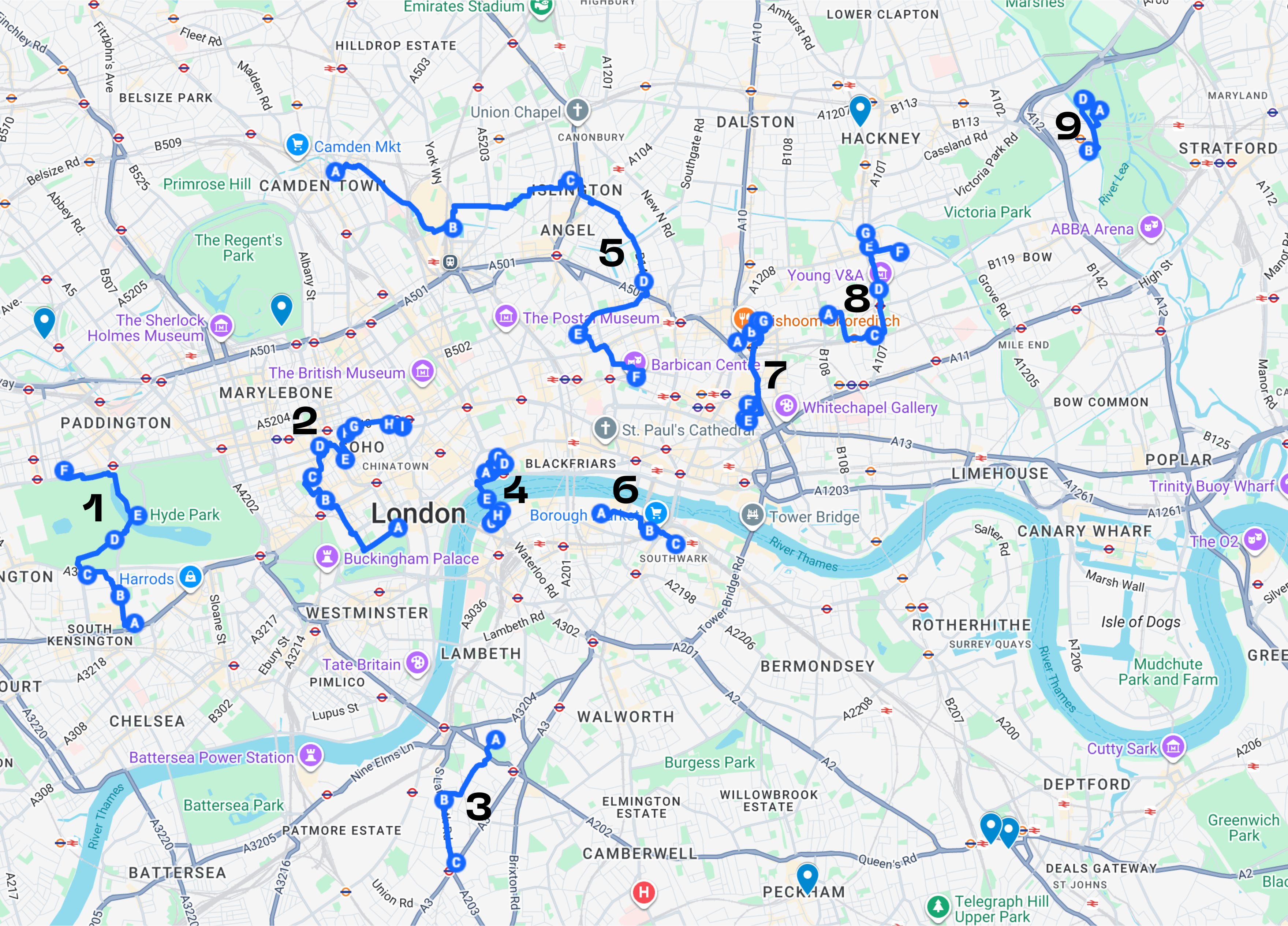
1. Kensington
Start here, the quintessential London art walk, featuring its two top highlights (V&A and Serpentine), excellent lunch choices and a walk through Hyde Park.
2. SOHO
This is probably what you had in mind: take a (weekday if possible) stroll through London’s main gallery district.
3. Vauxhall
Check out this off-the-beaten-path walk, centered around Gasworks and muito boa Portuguese food.
4. Somerset House to Southbank
This must-do features a bridge between two of London’s cultural centers across the Thames from each other.
5. Camden to Barbican
Perhaps best by bike, this 8 km Tour d’Art will take you to six of the city’s best cultural and digital offerings, ending at the Barbican Centre.
6. Tate Modern
It’s probably best to do a full day at the Tate with lunch in between. Robert Alice suggests Kolae, Barrafina or Padella.
7. Shoreditch to Spitalfields
Okay, maybe this one is best kept for a weekend of slurping up East London galleries and noodles.
8. Bethnal Green
Catch lunch at E Pellicci before a full day of East London galleries and the Young V&A.
9. Hackney Wick
This more off-the-beaten-path walk is perfect for a day centered around a visit to the newly opened V&A East Storehouse. From there, venture to Marshmallow Laser Feast, Wayne Macgregor Studio, Timber Yard at Here East and more.
6. Resources
Labs, Universities & More
By Abigail Miller
Everyone points to the major museums and galleries—the Tate, V&A, Barbican and their growing digital collections. That's important. But I think a more interesting story is unfolding: Goldsmiths and the Royal Academy creating pedagogical frameworks. Here you’ll find artists less concerned with the white cube and more about organising themselves around a pint and just creating work and exhibitions where they can find space.
Meanwhile, the Courtauld Institute of Art, Birkbeck, and the Oxford Internet Institute produce the curatorial and critical apparatus that gives this work intellectual legitimacy and rigor.
Goldsmiths
UAL CCI
Vasari Centre BBK (Birbeck, one of the top research institutions for digital art in the UK)
Alan Turing (AI, but hosts art talks)
Oxford Oii
Somerset House
Royal Academy of Art
Courtauld Institute of Art
Resources to follow:
Computer Arts Society (CAS)
Her Visions
Peckham Digital
Furtherfield
Beyond London
By Hannah Redler-Hawes
The UK digital arts scene has developed simultaneously across the country, with practitioners across cities and with international networks inspiring and inspired by each other. Before a UK visit, it’s also worth checking out the, often large-scale, programs of organizations outside the big smoke whose long-term commitment likewise nurtures the broader culture. These include Vivid Projects and BOM (Birmingham Open Media) in the Midlands. Find several more across the UK below. Many do partnerships with London-based organizations so might even have projects on show in the city. If not, they are only a mainline train ride away.
Organizations outside London
Furtherfield (recently reopened in Felixstowe)
Modern Art Oxford
Ashmolean Museum, Oxford
Vivid Projects
BOM (Birmingham Open Media)
Watershed (Bristol)
FACT Liverpool
Abandon Normal Devices (AND)
FutureEverything
Manchester International Festival
Sheffield Doc Fest
NEON Scotland
-----
Corinna Gardner is Senior Curator of Design and Digital at the V&A. Corinna leads the museum’s Rapid Response Collecting programme and her research focuses on product and digital design.
Melanie Lenz is a London-based curator specializing in digital arts.
Hannah Redler-Hawes is a UK-based curator and producer with over two decades’ experience in senior museum management roles. She specializes in digital, immersive and art and technology collaborations.
Robert Alice is an artist and author making art, exhibitions and books that investigate blockchains and their histories. With work collected by the Centre Pompidou, Los Angeles County Museum of Art. He’s also the editor and author of On NFTs released by Taschen with a new edition available now.
Alex Estorick is the editor in chief of Right Click Save and a visiting research fellow at Goldsmiths, University of London.
Clara Che Wei Peh is a London-based curator and arts writer from Singapore, who founded NFT Asia. Her practice investigates the intersections of art, technology and value.
Abigail Miller is a digital art curator and art historian who works at Avant art building art and tech.
Peter Bauman (Monk Antony) is Le Random's editor in chief.
Special thanks to Luba Elliott.




